Written by Claire Nichols
A motley crew of zoologists, plant scientists and earth scientists met in Heathrow Terminal 2 on a Monday morning with a plethora of rucksacks and tent bags. The mood was mixed; both excitement and trepidation – 8 days of camping in Newfoundland was a treat for some, and a new, concerning prospect for others. Having stocked up in duty free and boarded the flight, the first challenge was keeping up with an enthusiastic air host who plied everyone with so much Canadian beer the flight to Halifax seemed to take no time at all. After a short stop in Halifax, everyone shuffled onto a much smaller plane, bound for Deer Lake, Newfoundland – the start of our adventure.
Having arrived late in the evening, we were granted one last stay in a hotel bed before collecting four hire cars and heading ‘into the wild’. The first task was to buy camping stoves, pots and enough food for 24 people for a week. With the shop done, the main challenge was how to cram 6 students, 12 rucksacks and hundreds of tins of every food imaginable into each car. Before long we were on the road, heading for Rocky Harbour – a beautiful bay which served as a perfect spot for lunch and a quick swim. The bay was lined with cliffs of pillow basalts and gabbros making up part of an ophiolite. This opening spot gave the earth scientists a time to shine and inundate the slightly perplexed-looking biologists with a wealth of information on igneous geology and tectonics. We then moved on to a copper mine, complete with a short walk and a beautiful waterfall (the second swimming opportunity, albeit it a chilly one!). The plant scientists were suddenly in their element, uncovering several small, innocent looking plants which were in fact triffid-style carnivores.
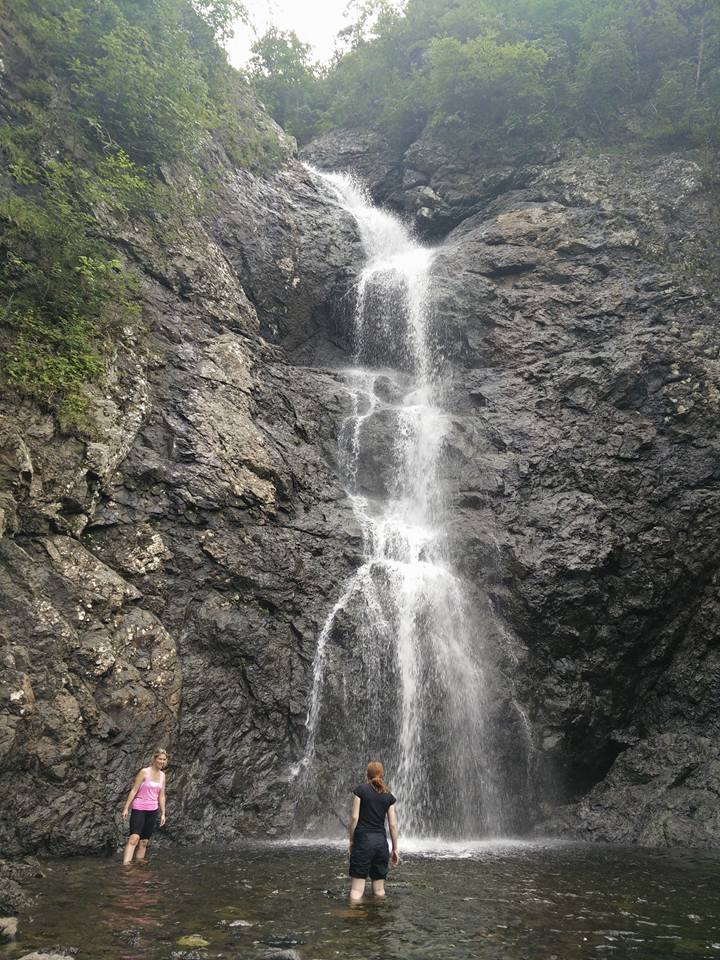
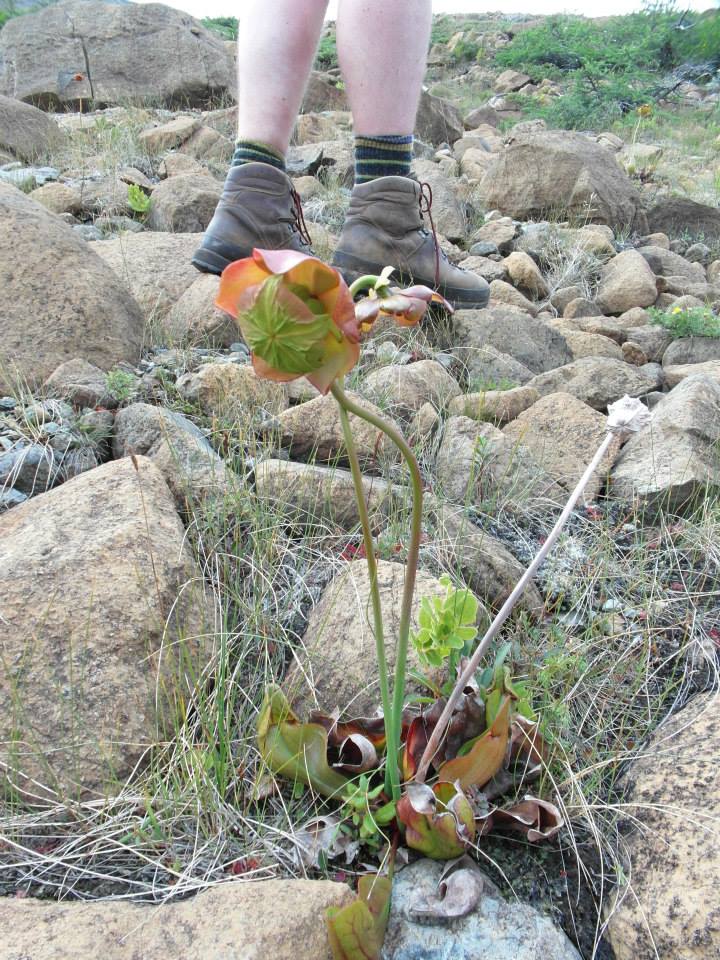
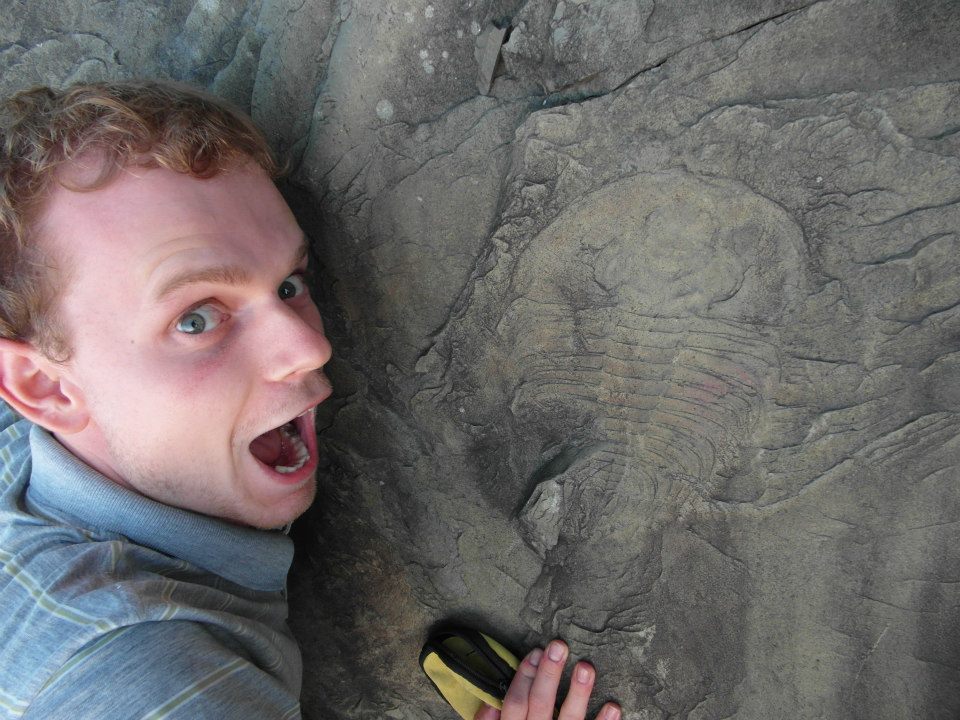
The final stop on our first, long day in the field involved scrambling into a ditch and heaving some large rocks out of the way Neil Davies, our friendly sedimentologist (and the only member of the trip to have previously done fieldwork in Newfoundland) uncovered two huge trilobites. Seeing such large and well preserved examples of everyone’s favourite fossil was the perfect end to the day.
We eventually made it to the first campsite with just enough daylight left to pitch the tents. It soon became evident it was going to be a very ‘close’ week – with some ambitiously described ‘two-person’ tents being erected. Alex and Simon soon became a comedy duo, with a vintage tent from 1972 which proved impossible to put up, sleep in, and keep the weather and midges out (Spoiler Alert: Alex, Simon and the tent did survive the trip). The focus then moved onto dinner; a nutritious combination of ‘octosausages’ and marshmallows, washed down with beer and Screech (Canadian rum – not for the faint hearted).
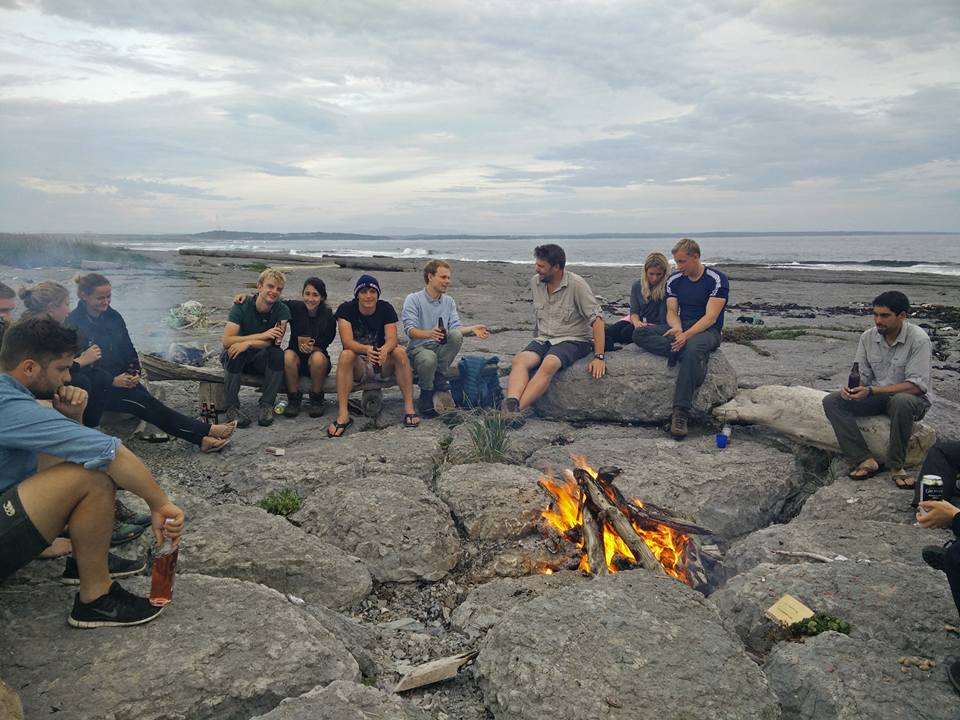
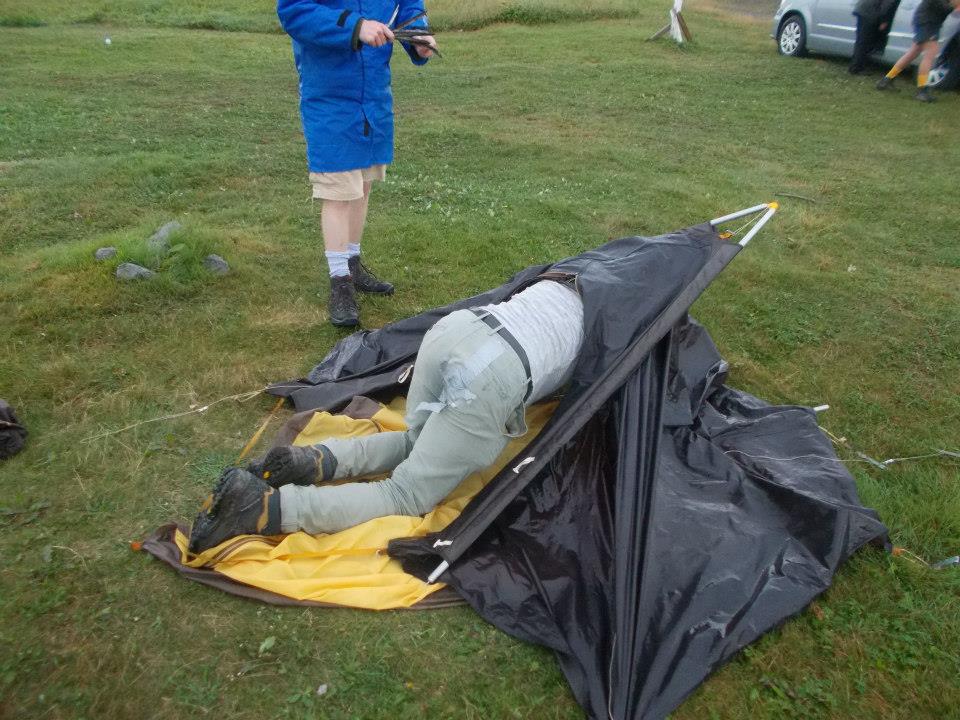
Day two shall forever be referred to as ‘Peridotite Day’. A 10km, morning walk through a serpentinised peridotite terrain used by NASA as an analogue for Mars, became a 10 hour expedition. The first test was climbing up a 600m-elevation-gain scree slope, which gave everyone the chance to learn something about their fitness, as well as periglacial morphology (mostly that it is not easy to walk up). After walking over the top, it soon became clear that the route down was going to be even more challenging. After discounting several incredibly steep gorges, we eventually found a safe way to scramble down and slowly but surely made the descent to the bottom. We arrived back on the road, frustratingly equidistant between our two car parking spots. This gave Andy Buckley an opportunity to do a spot of extra marathon training and after running back to the cars he was able to ferry everyone to our intended finishing point! After a gruelling day, we finished up at the globally defined Cambrian-Ordovician boundary and spent some time hunting for conondont teeth and graptolites.
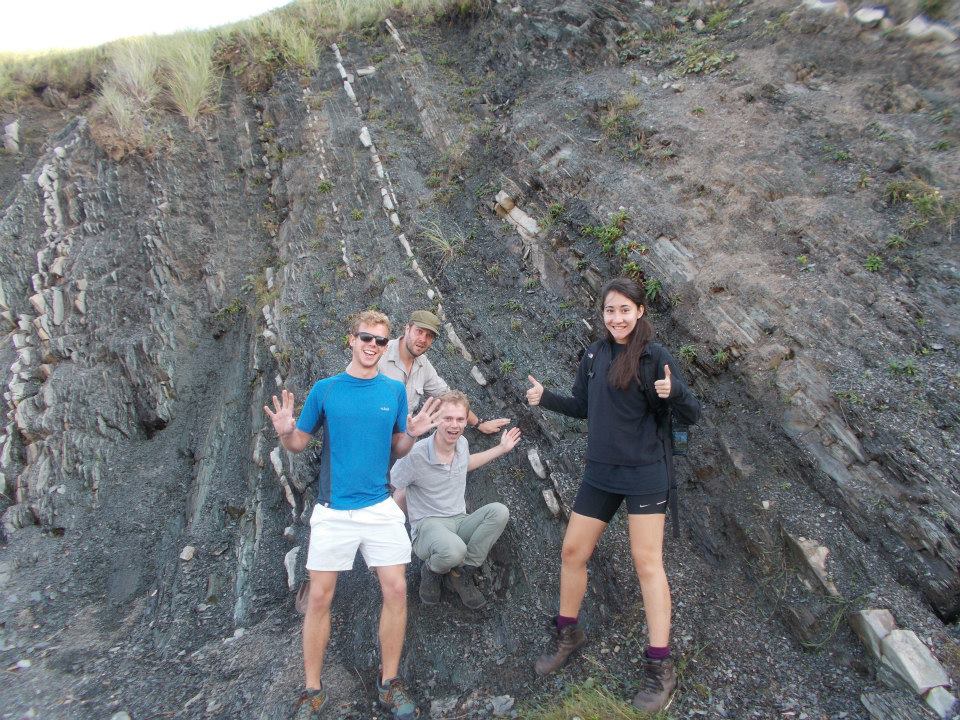
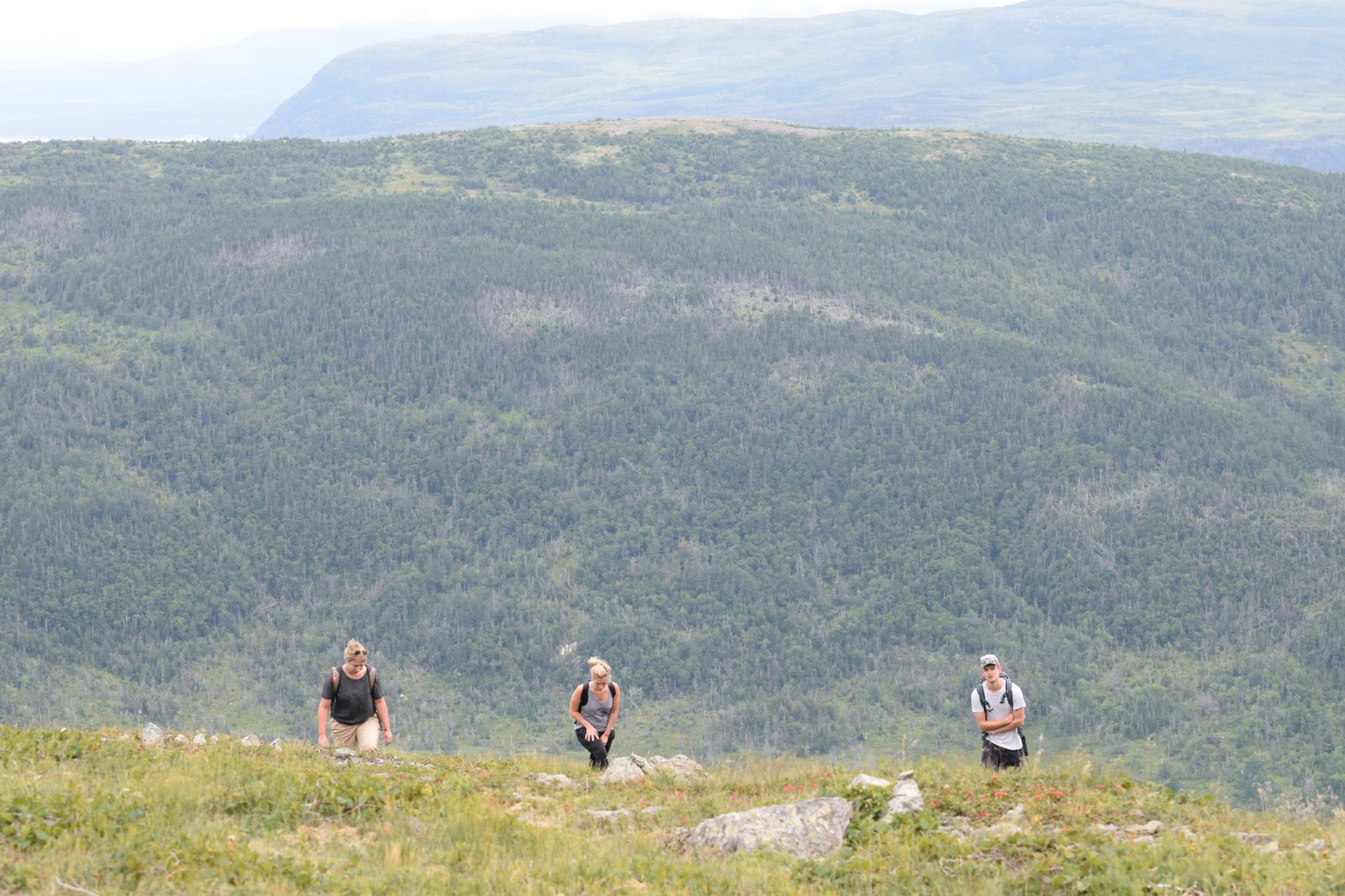
On Day Three we moved camp site, and headed up to Port au Choix via several sites of interest. At a zinc mine we developed the ‘scratch and sniff’ test – if you scratch the rock and it smells of egg, it’s sphalerite (at the point the biologists were really beginning to question the sanity of the ‘rock experts’). Lunch provided another swimming opportunity, below some beautiful sea arches. The afternoon was the perfect stop for everyone, with some bizarre floor trees, that appear to have been completely overwhelmed by gravity, a landscape that gravity forgot, and plenty of trilobites.
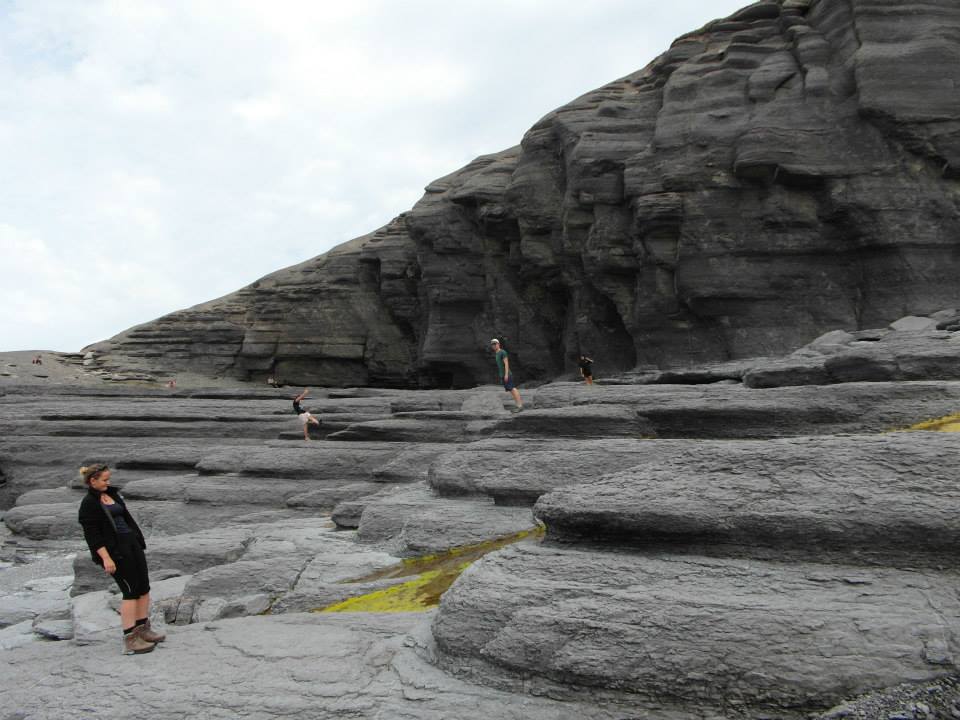
Day Four took involved getting the ferry across to Labrador where we managed to stay in the ‘worst campsite in the whole of Newfoundland and Labrador’ according to one local – we chose the exact location with the worst population of black fly, midges and mosquitos much to everyone’s dismay. After surviving the night, with plenty of bites to show for it we itched and scratched our way around some geology, including beautiful examples of Pipe Rock, which makes up a good portion of the undergraduate Skye mapping area – a lovely piece of evidence that Scotland and Canada were joined prior to the opening of the Atlantic. We also got to check out a 17th Century Basque Whaling station and walked Whale Bone Beach, which was not a disappointment, with huge Whale vertebrae scattered amongst the rocks. Looking out to sea we spotted the real thing – with several hump back whales jumping out of the water, generating huge splashes as they crashed back under the waves. The whole experience was made more magical by Minke Whales alerting us of their presence by flipping their tails out of the water, a shoal of dolphin, and selfies with a ground hog.
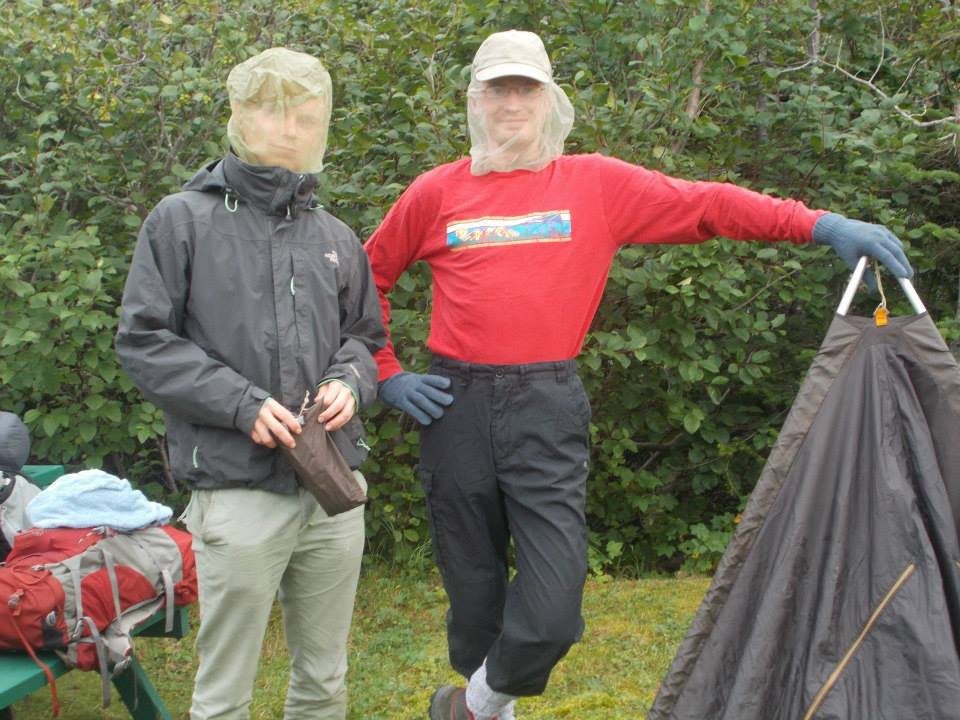
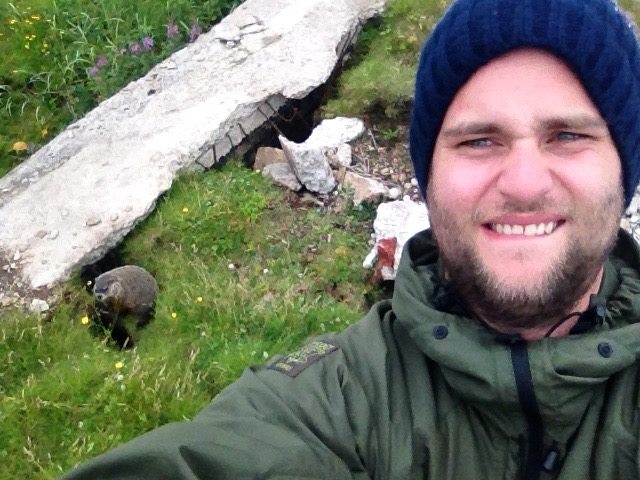
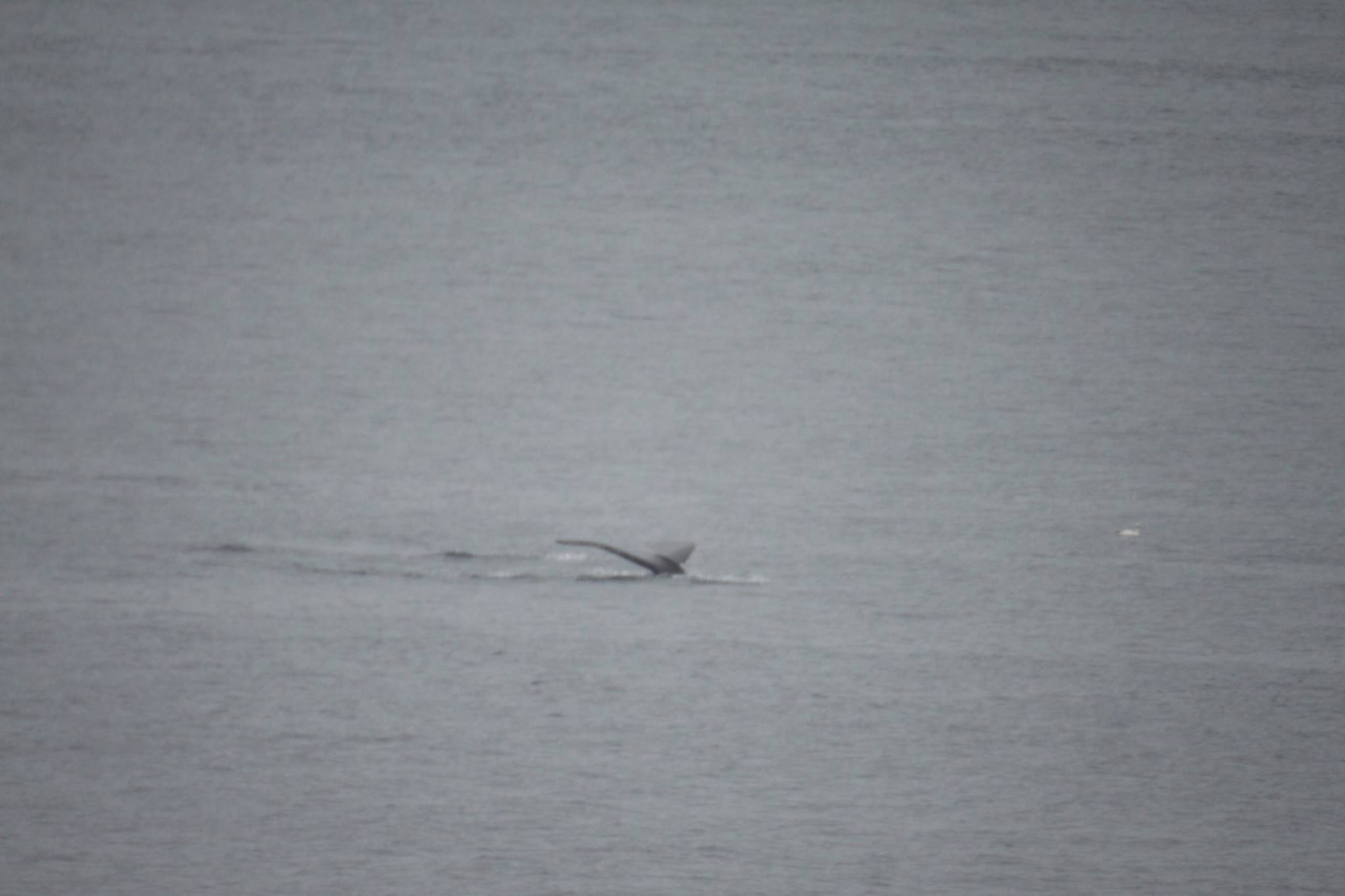
Once back on Newfoundland, we headed North to L’Anse-Aux-Meadows Viking World Heritage Site. After an entertaining guided tour, we entered some small huts where we got an ‘authentic Viking experience’ including the chance to dress up as one. Moving even further back in time to the Cambrian, we visited some fantastic examples of Thrombolites, impossible to miss courtesy of some very enthusiastic sign posts! Thrombolites are some of the earliest examples of life – their structure forms by microbial activity binding sediment together.
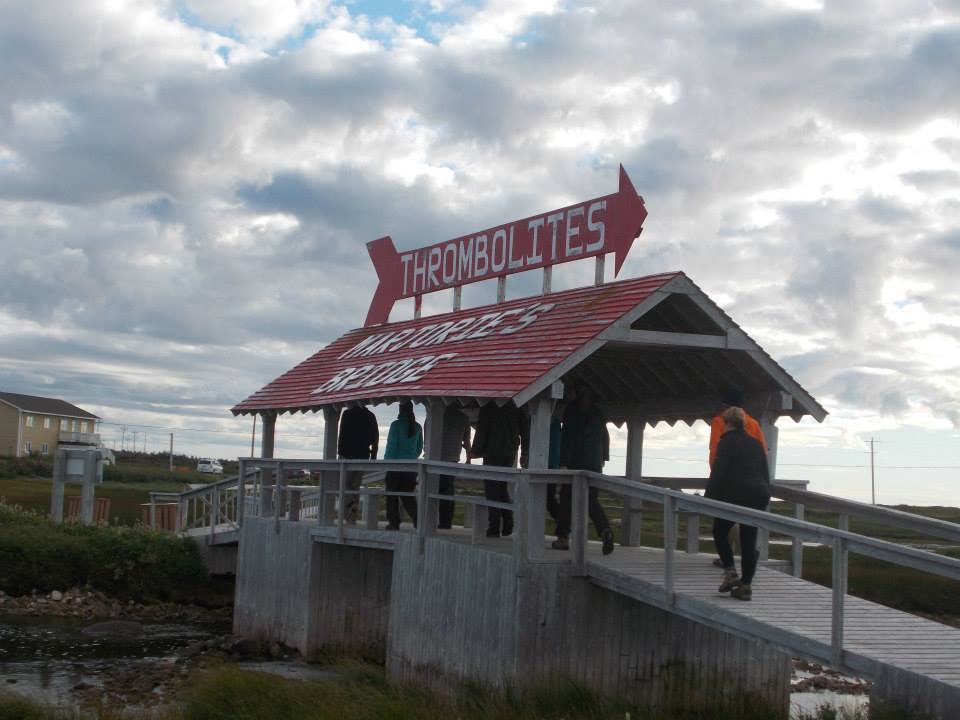
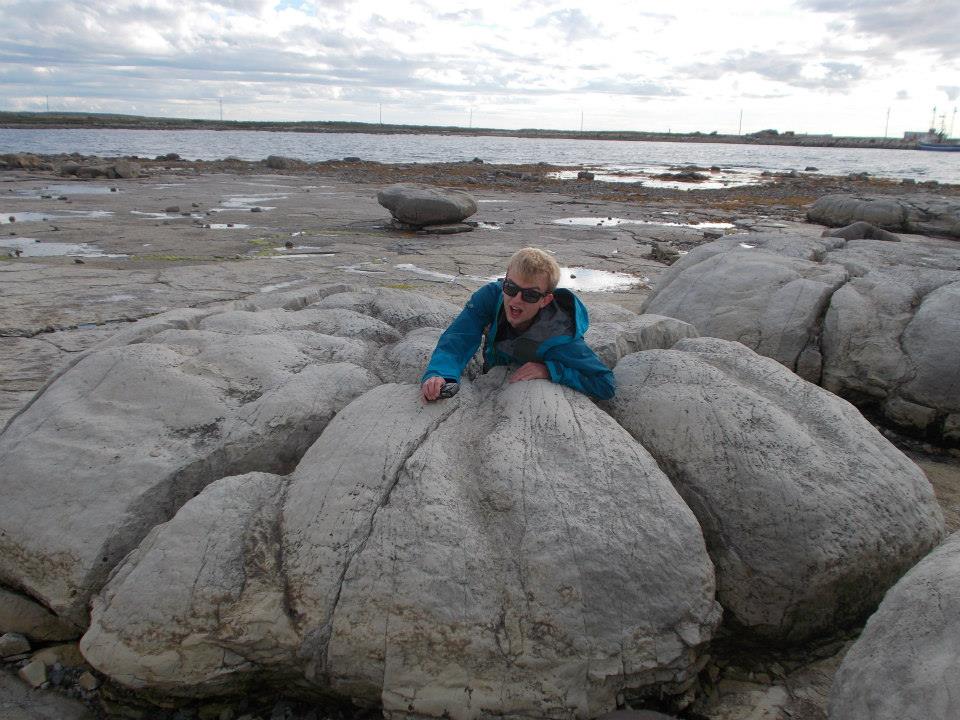
The final day of the trip involved a boat trip through a raised Fjord, now entirely cut off from the sea. The landscape was striking– as we drove along the coastal road, we looked out at a large flat plain – an ancient raised beach, and behind that the cliffs of the raised fjord jutted up, representing the second stage of uplift (much to the delight of Nicky White’s students).
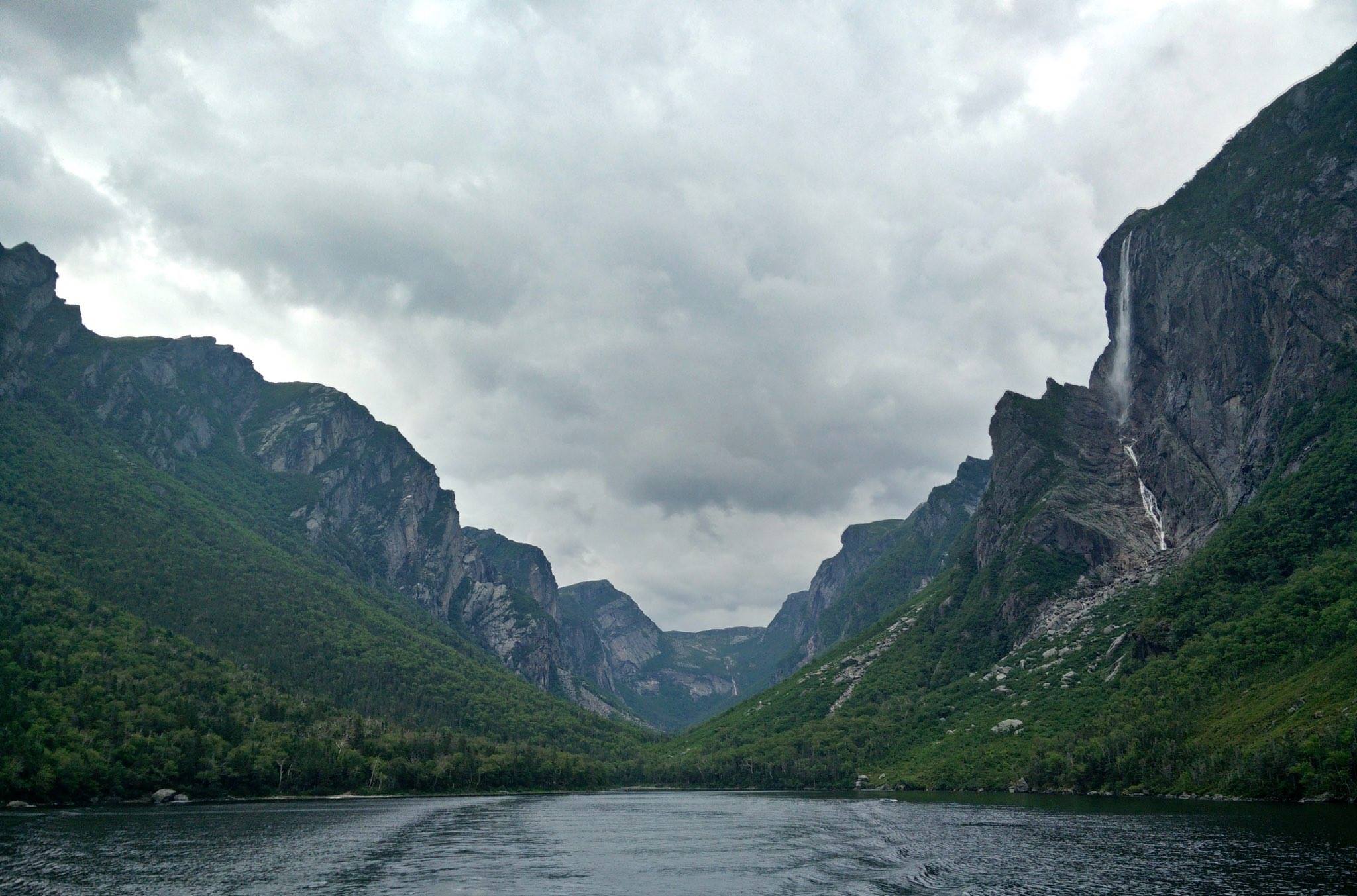
After a truly fantastic week no one wanted to leave – it was a wonderful opportunity to make new friends and learn about the geology, biology, history and geography of a fascinating part of the world, that many of us would otherwise never have got the chance to visit. A huge thank you to Neil Davies for guiding us round the area, Simon Redfern for organising the trip and Andy Buckley and Sarah-Jane Kelland for their expertise, cooking and fire-building skills and putting up with us all throughout!
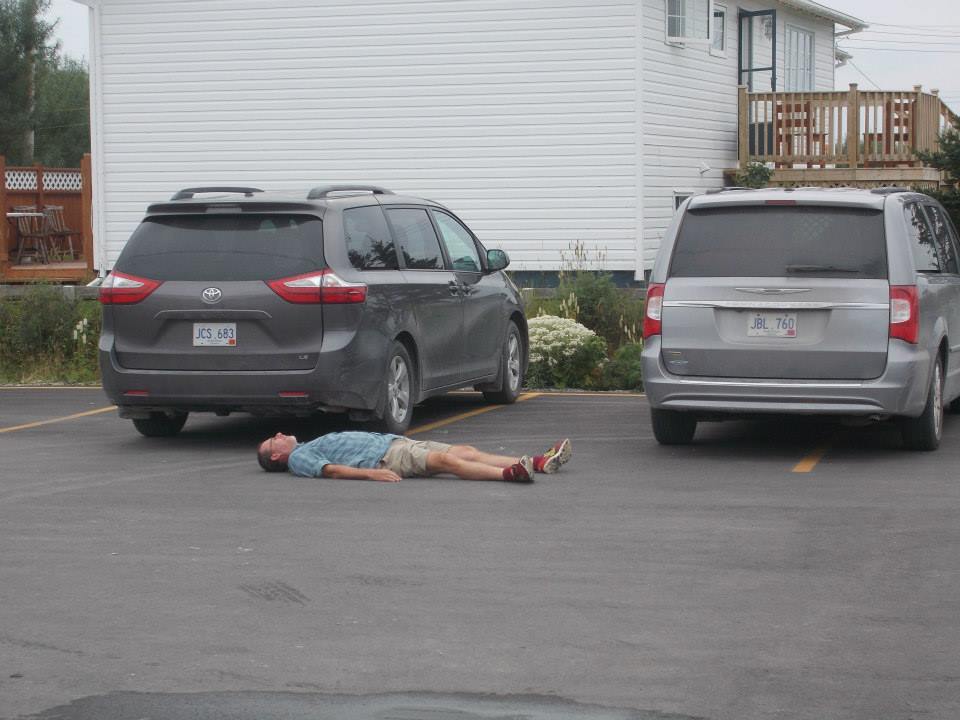

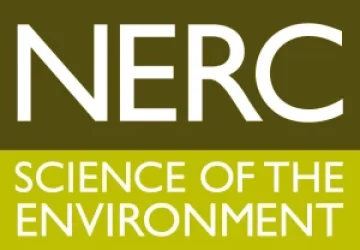
One Reply to “DTP Fieldtrip to Newfoundland and Labrador”